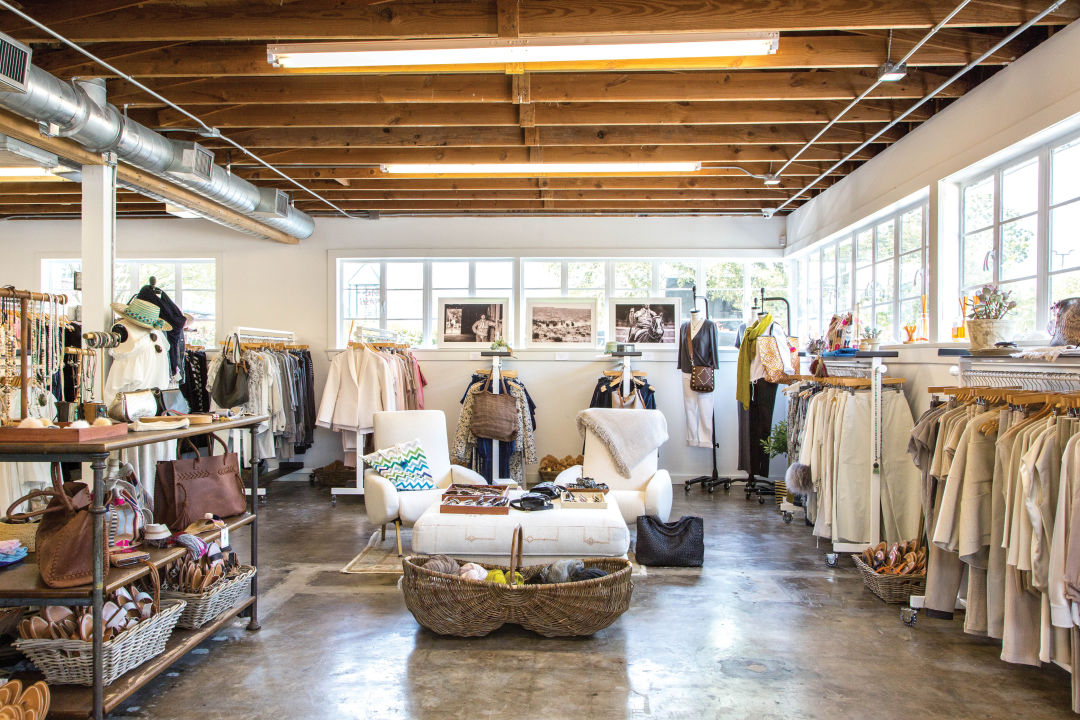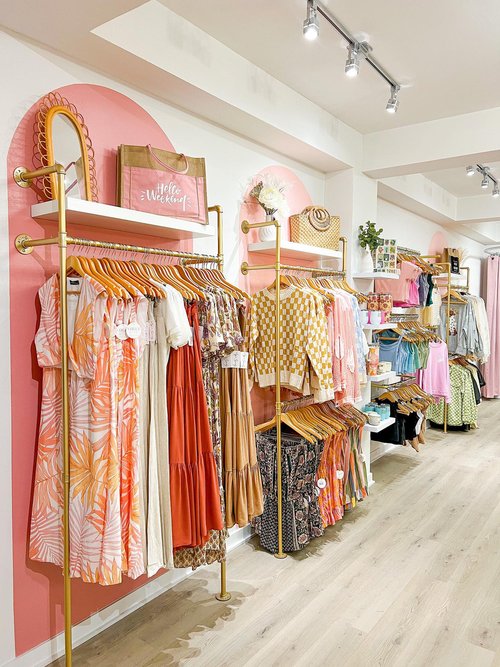A Deep Dive Into the World of High-Fashion Runways: Comprehending Garments as Art
High-fashion runways have actually emerged as fields where clothes transcends its utilitarian origins, progressing right into a sophisticated form of artistic expression. Designers, a lot like skillful musicians, weave intricate narratives through type, material, and color, redefining and challenging standard standards appeal standards. These programs are a lot more than mere screens; they are immersive experiences, where every stitch and seam tells a tale abundant with cultural importance and progressive technology. As we check out these sartorial eyeglasses, we must ponder: what role does style play in forming social worths, and exactly how does it mirror the ever-changing tapestry of human feeling and identification?
The Evolution of Runway Shows
The trajectory of runway shows has actually transformed substantially over the years, advancing from unique market occasions to exciting spectacles that mix style with art. Generally, runway shows made love affairs, kept in ateliers or small venues, mostly gone to by customers and industry insiders. These early presentations concentrated on the garments' workmanship and commercial feasibility, providing a functional and straight display of seasonal collections.
As the style market increased, the nature of path programs began to alter. The 1970s and 1980s noted a transforming point, with developers looking for to identify themselves through even more staged discussions.
Over the last few years, modern technology and social media sites have better changed path programs, making them obtainable to a worldwide audience. Livestreaming and digital platforms have equalized style, enabling lovers worldwide to witness these events in real-time (boutique fashion). This advancement mirrors a broader cultural change, where high-fashion paths work as a dynamic crossway of innovation, style, and performance
Designers as Visionary Artists
Just how have designers transcended their duties to end up being visionary musicians? Designers in the high-fashion industry have blurred the lines in between functional garment development and the theoretical world of art. This makeover is obvious in the way they approach their collections, not simply as garments yet as profound expressions of identification, culture, and feeling. By embracing creative self-controls such as sculpture, painting, and progressive installations, developers craft garments that test typical fashion norms and raise them to art kinds.
Visionary developers draw inspiration from a myriad of resources, including abstract art, historic references, and personal stories. They have an one-of-a-kind capability to picture and materialize ideas that press the limits of traditional style, often redefining visual standards while doing so. This creative ingenuity is showcased via dramatic shapes, innovative materials, and detailed workmanship, which welcome visitors to experience style as greater than simply wearable things.
Furthermore, the path acts as a canvas for these artists, where lights, songs, and set layout coalesce to create immersive experiences. These presentations are not simply display screens of clothing yet are managed performances that stimulate feeling and prompt idea, verifying the designer's role as a real artist in the modern social landscape.
Social Impacts in Style
Cultural tapestry weaves its complex patterns right into the material of style, affecting developers internationally. The vibrant interchange of cultural tales, customs, and symbols educates and motivates collections that poise high-fashion runways. Designers meticulously attract from their heritage or involve with societies unique sites from their own, crafting garments that function as visual narratives. This cultural dialogue not only improves the aesthetic variety yet additionally cultivates a much deeper understanding and admiration of worldwide identifications.
The influence of culture on style is frequently seen in the reinterpretation of typical garments and patterns. For instance, using Japanese robes, Indian saris, or African prints in modern style mirrors a mix of cultural authenticity and modern-day looks. Designers such as Valentino's Pierpaolo Piccioli and Alexander McQueen's Sarah Burton have actually been recognized to integrate rich cultural motifs right into their couture collections, translating background right into wearable art.

Development in Material and Layout
Advancement in material and layout continually improves the landscape of high-fashion, pressing borders and redefining possibilities. Designers are significantly discovering the integration of modern technology, such as 3D printing, which enables for the development of complicated structures that were previously unthinkable.
Additionally, sustainability has actually ended up being a crucial style in material development. The apparel industry is observing a rise in making use of green products, stemmed from recycled plastics, organic fibers, and even naturally degradable parts. These technologies not only supply brand-new structures and aesthetic appeals yet likewise address essential ecological concerns. Designers are accepting these products to craft garments that are both conscious and visually striking of their ecological impact.
In terms of layout, progressive shapes and speculative forms are continually transforming the runway. By incorporating non-traditional products and advanced strategies, developers grow garments that blur the line in between style and art, establishing new criteria for imagination and expression in the high-fashion ball.
Effect of Style on Culture
Fashion wields a profound influence on culture, working as both a reflection of social identification and a stimulant for social change. Through its development, style has mirrored social shifts, enveloping the zeitgeist of different eras. The flapper outfits of the 1920s symbolized a newly found feeling of women's freedom, while the strong prints of the 1960s resembled the innovative spirit of the time. High-fashion runways, specifically, work as systems for challenging standards and redefining beauty requirements. Designers utilize these venues to resolve pushing social issues, from sustainability to diversity, therefore forming public discourse.
Additionally, fashion has the power to bridge cultural gaps, promoting understanding More Bonuses and appreciation among diverse teams. As globalisation accelerates, the cross-cultural exchange of style concepts comes to be increasingly significant, advertising inclusivity and diversity. The increase of streetwear, originating from city subcultures, shows how fashion can transcend socio-economic limits, giving people a way of self-expression and empowerment.
Essentially, fashion is not simply about aesthetics; it is a vibrant pressure that influences values, attitudes, and social development (boutique fashion). By continuously interacting with cultural and social currents, style remains an important component of the cumulative human experience

Verdict
Designers, comparable to visionary artists, coordinate collections that mirror identification, emotion, and cultural stories, testing conventional aesthetics. This intersection of fashion and virtuosity not only captivates audiences around the world but likewise affects societal perceptions and promotes a visit this web-site deeper admiration for social variety.

Social tapestry weaves its complex patterns into the textile of style, influencing designers internationally.Fashion wields a profound influence on society, offering as both a reflection of social identity and a stimulant for social change.